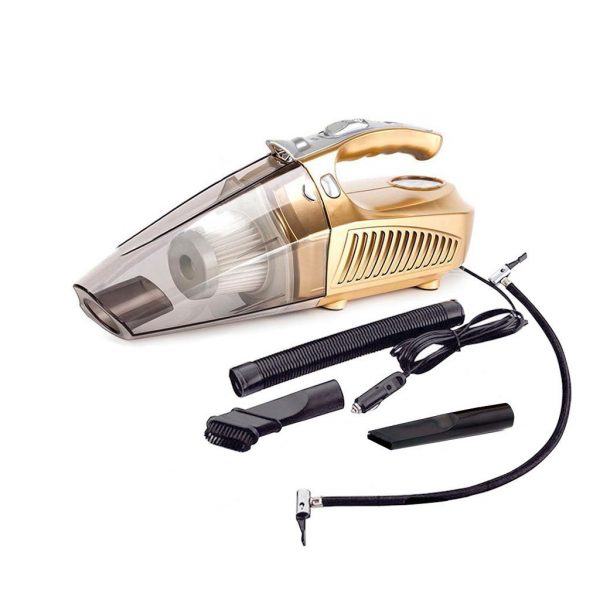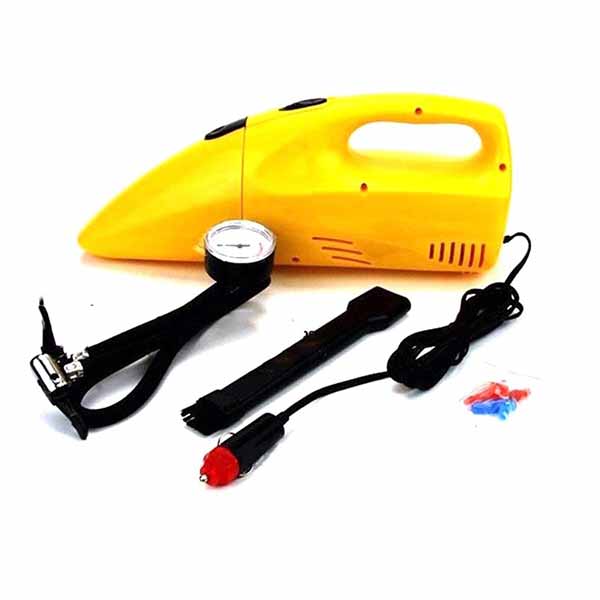It’s hard to say which came first–Americans’ desire for superclean homes, or manufacturers’ push to create that craving, then meet it with features galore. Today’s vacuum cleaners provide everything from pollution-control filters to lights announcing when your carpet’s clean. A couple of vacs virtually drive themselves.
Yet in our recent tests of full-size upright and canister vacs, we found that some of the new features add more to price than to utility. Consider that:
Dirt sensors are of questionable value. They don’t tell you that an area is clean, only that the vac can’t pick up more dirt there. And in our tests, they typically told us to keep vacuuming well beyond our standard eight passes–more work!–with little or no improvement in cleaning performance. On average, a dirt sensor adds about $20 to the price of a vacuum cleaner.
High-efficiency particulate air (HEPA) filters, designed to control the dust and allergens stirred up by vacuuming, can cost as much as $110 each year to replace. But they’re not a necessity. In our tests, many models–even those without a HEPA filter–kept the air as free of potentially irritating particles as it was before vacuuming.

See-through dirt bins with “cyclonic action” eliminate bag changes–a saving of up to $18 if you’d otherwise change bags four times a year, according to an industry estimate. But they’re messy to empty and clean. And though they impress by displaying the collected dirt, on average they performed less well than models with bags. “The perception is, ‘I’m cleaning better,'” says Bruce Gold, Eureka’s vice president of marketing, “even if they’re not.”
NO PANACEAS
You won’t find any vac, either upright or canister, that cleans all surfaces superbly, operates noiselessly, and maneuvers effortlessly. But if you’re willing to live with a few shortcomings, you can find excellent cleaning performance among a number of uprights and canisters. What’s more, quality needn’t be costly. Several models at $300 and less performed better than competitors at four times the price.
Below, we outline the choices. The Ratings on page 28 evaluate 30 uprights and 10 canisters, and list many models similar enough to those we tested for our Ratings judgments to apply. Altogether, the vacuums we include cover roughly half the market.
WHICH TYPE FOR YOUR HOME?
Over the years, the two full-size vacuum types have mutated to resemble each other. Most uprights come with a hose and various tool attachments like traditional canister vacs, and the canisters we tested had a power head similar to that of an upright. The type of flooring you have can guide your choice.
Carpeting. Uprights generally perform better than canisters on carpet; many in our tests also did a very good job on bare floors. (While several of the canisters we tested were very good on carpets, none was excellent.) Uprights are also generally cheaper, easier to store, and less cumbersome.

Bare floors. A canister vac is the ticket if you have mainly hardwood, tile, or other bare floors. Canisters are also adept at cleaning under furniture and other hard-to-reach spots, and on stairs. They’re also typically quieter than uprights.
Mixed flooring. If you’ve got a combination of bare floors, area rugs, and wall-to-wall carpet, either type of vac will do. But if you often vacuum carpeted stairs or reach for a floor brush, a canister may be easier and more effective. Consult our Ratings for vacs that did well on both bare floors and carpet. If you buy an upright, look for a model with an on/off switch to stop the brush from rotating when you go from carpeting to bare floors.
Stairs. Consider the weight of the machine, how easy it is to carry, and for uprights, whether the power head is too big for your stair treads. Uprights and canisters are about equally difficult to carry on stairs, though canisters generally weigh more. The heaviest vac in our tests, the canister Electrolux Guardian C134A, $1,200,weighs 26 pounds. Two uprights–the Kenmore (Sears) 39109, $110, and the Eureka Bravo II The Boss Plus 7642, $80–are half that weight. The lightest, the Oreck XL Xtended Life XL2600HH, $370, an upright, weighs 9 pounds. It lacks separate tools that are useful on stairs, but it’s sold with a compact canister. We didn’t test the canister.
Upholstery and drapes. If you frequently use tools, look for a machine with suction control. That feature, standard on most canisters, lets you adjust the hose airflow for lightweight items like curtains.


